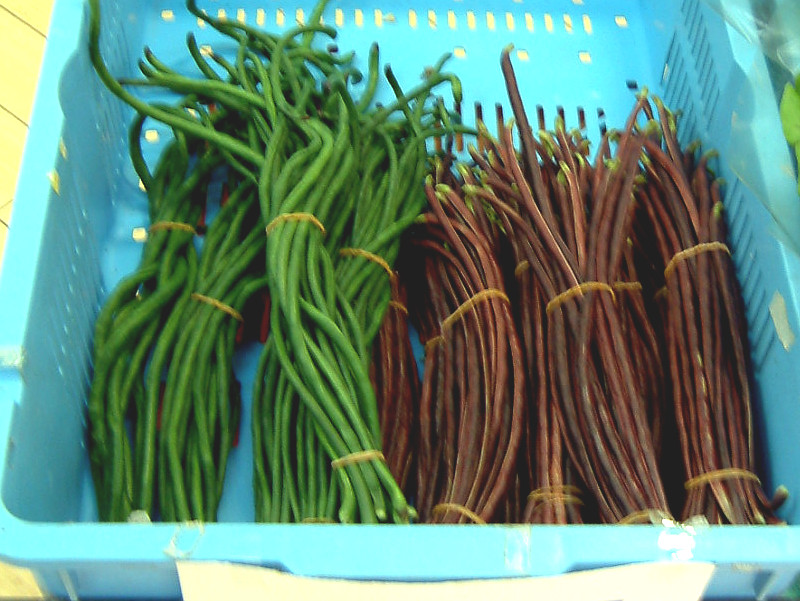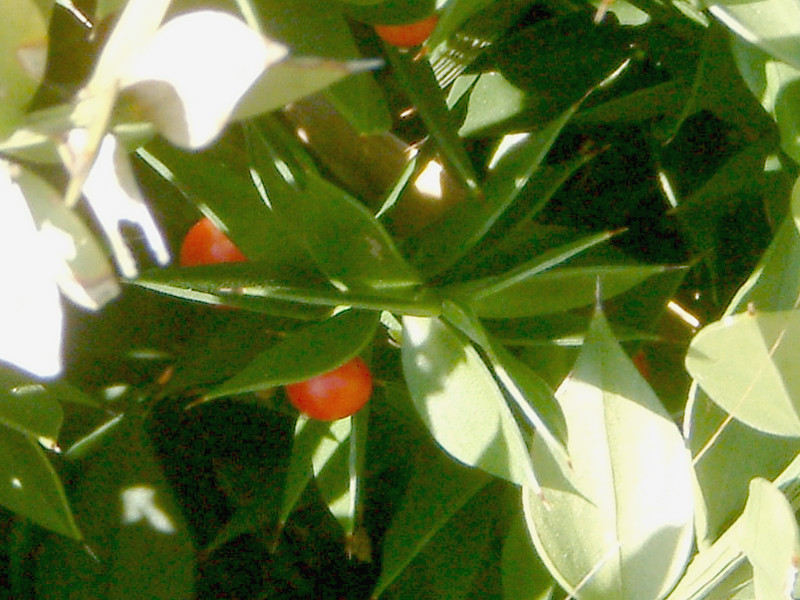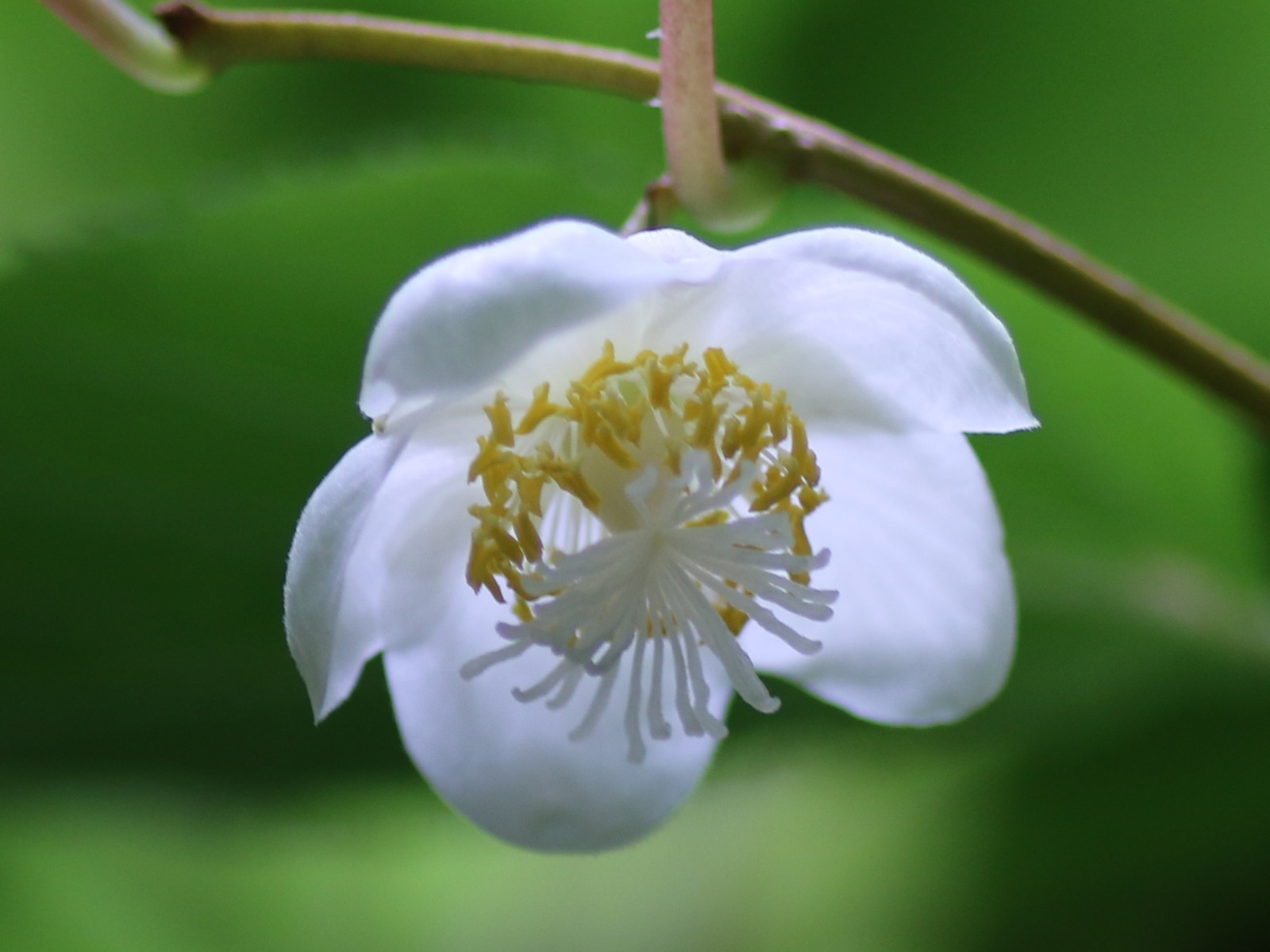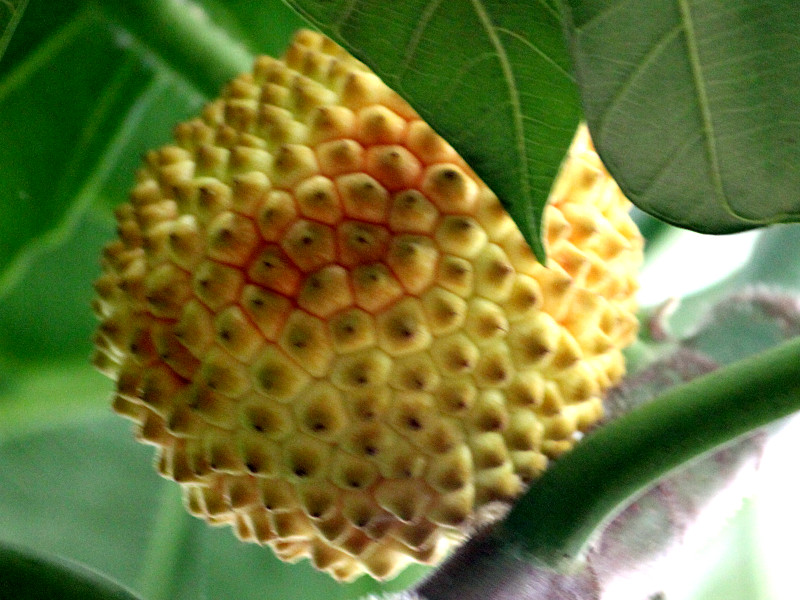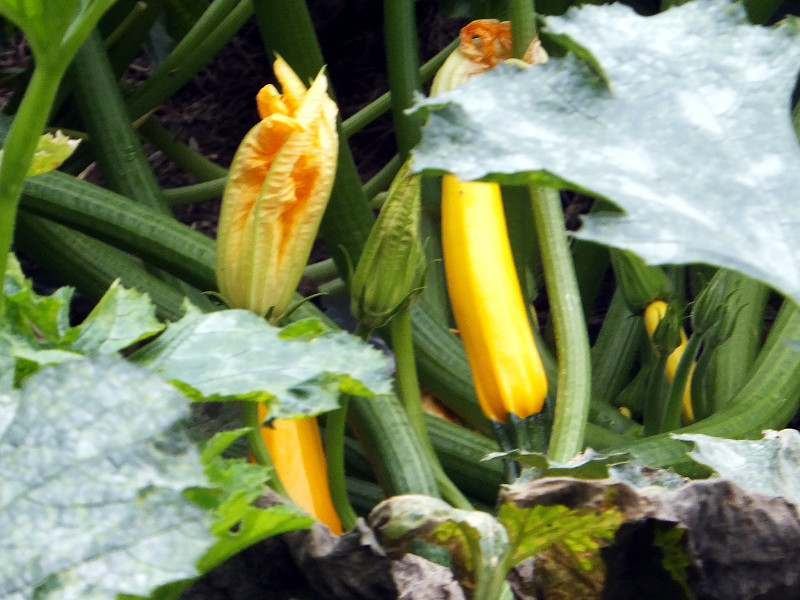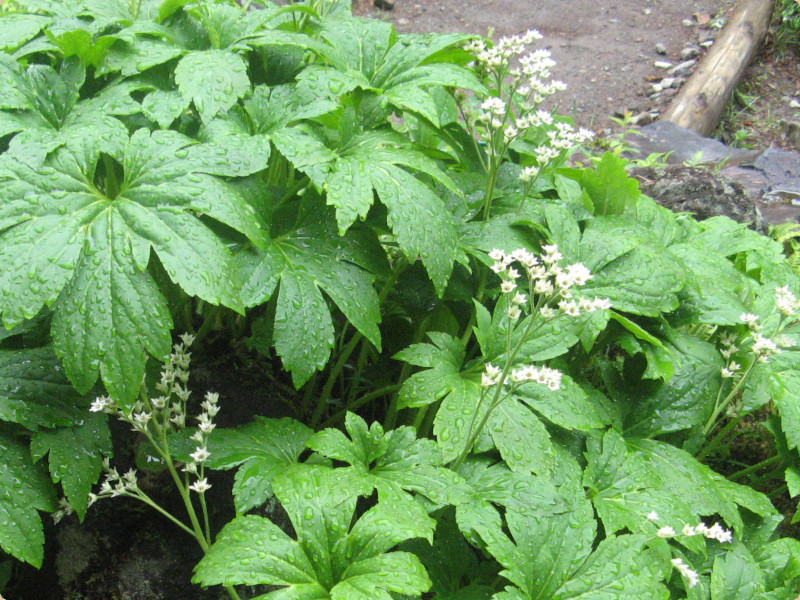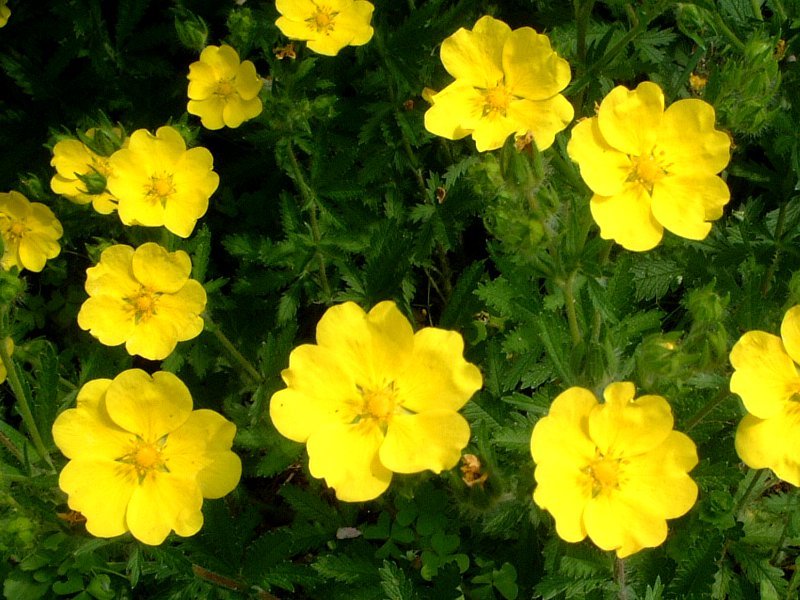The Asparagus bean
- Flower nameThe Asparagus bean
- Scientific nameVigna unguiculata ver. sesquipedalis
- Alias十六大角豆, フーロー豆, 風郎豆, フウロー豆, 長ささげ, 十八ささげ, 十八豆, 三尺ささげ, ふろう豆, Asparagus bea, yardlong bean, pea bean, long-podded cowpea, Chinese long bean, snake bean, bodi, bora, 長豇豆
- Place of originAfrica
- Place of floweringField
- Flowering seasonJune, July
What is The Asparagus bean
The Asparagus bean (scientific name: Vigna unguiculata var. sesquipedalis) is an annual climbing herb of the legume family (Fabaceae), genus Vigna, native to Africa.
Its pods and seeds are edible, and it is a relative of the cowpea cultivated as a vegetable.
It is also known as Jūroku-sasage (十六大角豆, Fūro-mame (風郎豆, フウロー豆), “naga-sasage” (“long cowpea”), “jūhachi-sasage” (“eighteen cowpea”), “jūhachi-mame” (“eighteen bean”), “sanshaku-sasage” (“three-shaku cowpea”), “furō-mame”, “horo-mame”; and in English as yardlong bean, pea bean, long-podded cowpea, Chinese long bean, snake bean, bodi, and bora.
The plant height is 2–4 m.
Being a climbing plant, it twines around supports such as corn stalks or trellises.
The leaves are green, trifoliate, and entire-margined.
Corolla shape: papilionaceous; flower color: white to pale purple; pollinated by insects such as wasps and ants.
Pod length: 35–75 cm; pod color: green or purple; bean color: reddish-brown; edible: yes.
The long pods come in green and purple, have a flavor similar to that of common beans (Phaseolus vulgaris), and in Okinawa are considered a typical summer vegetable alongside bitter melon (goya).
They are used in raw preparations, stir-fries, stews, tempura, and other dishes, and the dried beans are used in red rice (sekihan).
Flower language
“Dreamlike feeling” (Yume-gokochi).
Origin of the name
The genus name Vigna is dedicated to the British natural scientist Dr. D. Vigna.
The specific epithet “unguiculata” means “claw-shaped.”
The varietal name “sesquipedalis” comes from Latin meaning “one and a half feet,” referring to the extremely long pods.
When young, the pods point upward, hence the association with “sasage” (meaning “to offer up”).
The name “jūroku-sasage” (“sixteen cowpea”) comes from the fact that there are usually sixteen beans inside each pod.
Common name:The Asparagus bean
Scientific name: Vigna unguiculata var. sesquipedalis
Other names: Jūroku-sasage (十六大角豆), Fūro-mame (風郎豆, フウロー豆), “naga-sasage,” “jūhachi-sasage,” “jūhachi-mame,” “sanshaku-sasage,” “furō-mame,” “horo-mame”
English names: asparagus bean, yardlong bean, pea bean, long-podded cowpea, Chinese long bean, snake bean, bodi, bora
Origin: Africa
Cultivation in Japan: Nago City, Okinawa Prefecture (Fūro-mame); Ōtoyo Town, Kōchi Prefecture (Gin-furō-mame)
Classification: Kingdom Plantae; Order Fabales; Family Fabaceae; Genus Vigna; Species Vigna unguiculata; Variety Jūroku-sasage
Plant height: 2–4 m; twines around supports, trellises, or corn
Leaf color: green; leaf type: trifoliate; leaflet shape: triangular
Corolla shape: papilionaceous; flower color: white to pale purple; peduncle: long; flowers per node: solitary or in pairs; pollinated by insects such as wasps and ants
Pod length: 35–75 cm; pod shape: cylindrical; pod color: green or purple
Bean color: reddish-brown; seed shape: kidney-shaped; edible: yes
